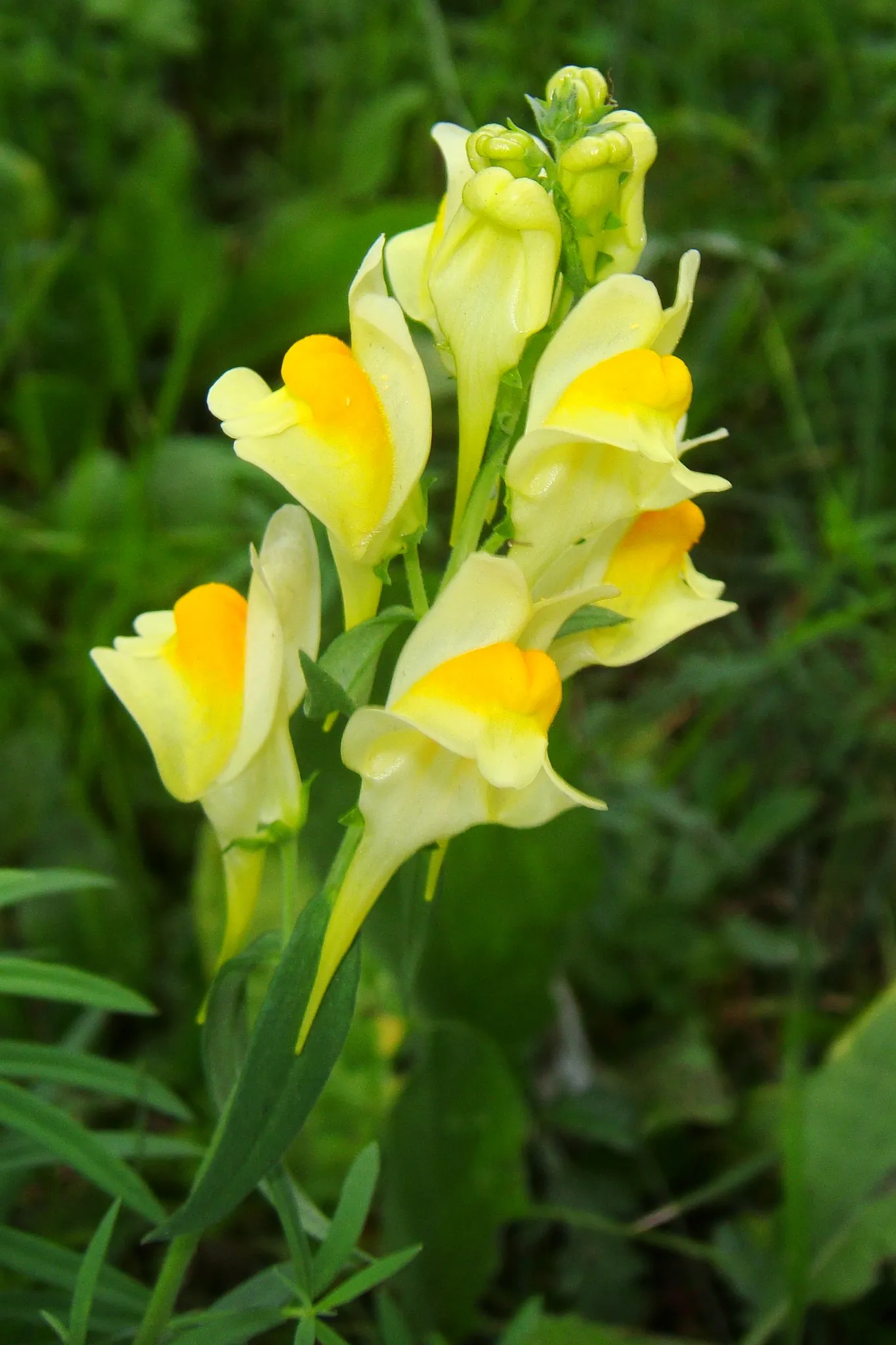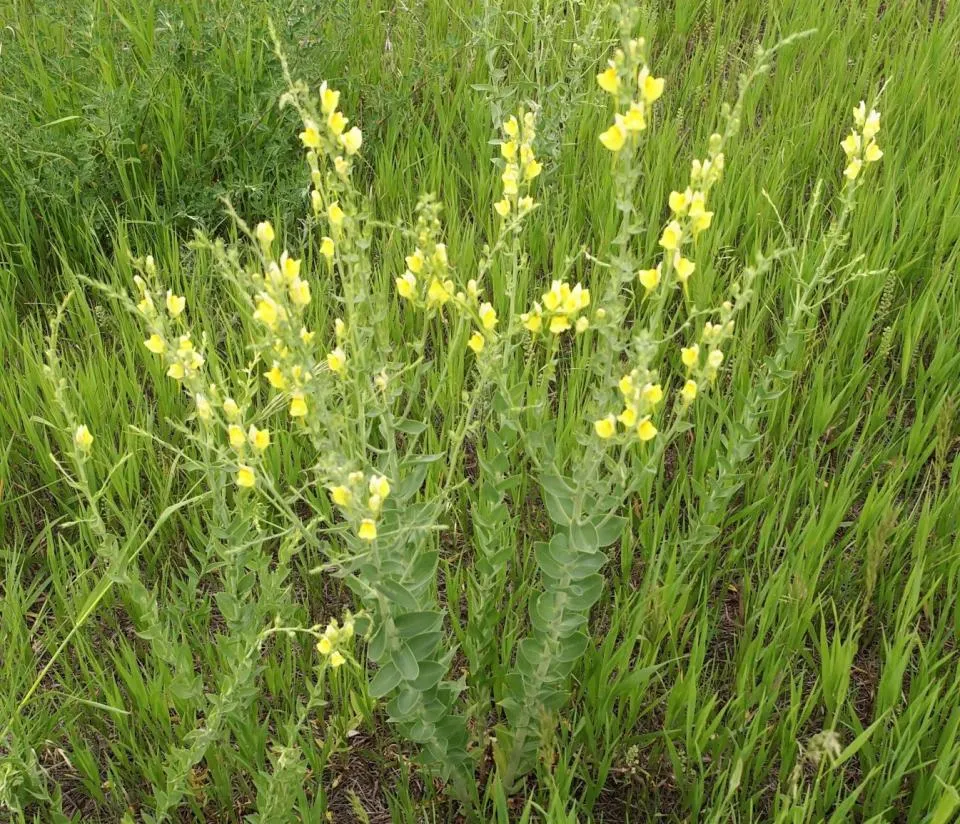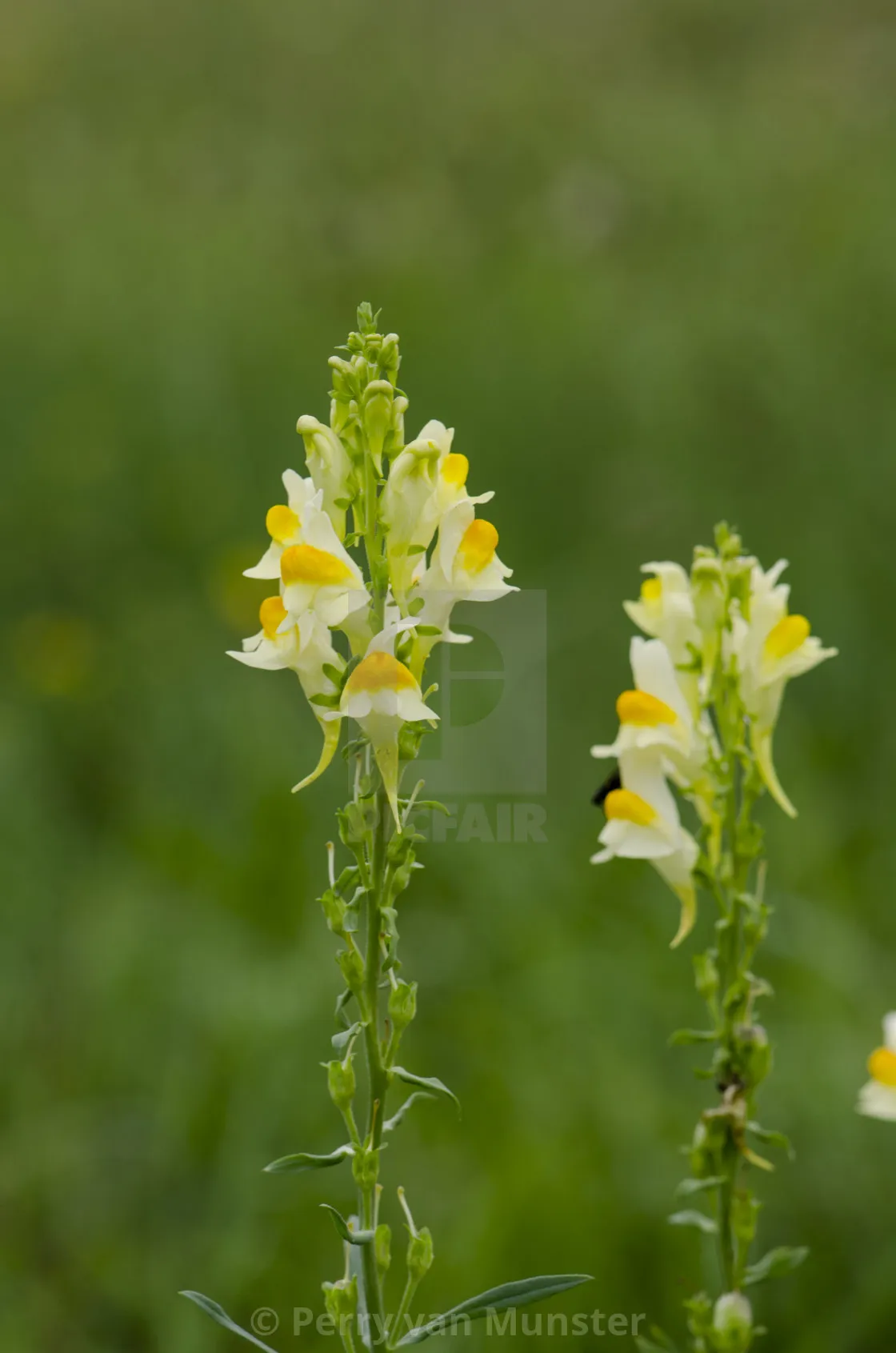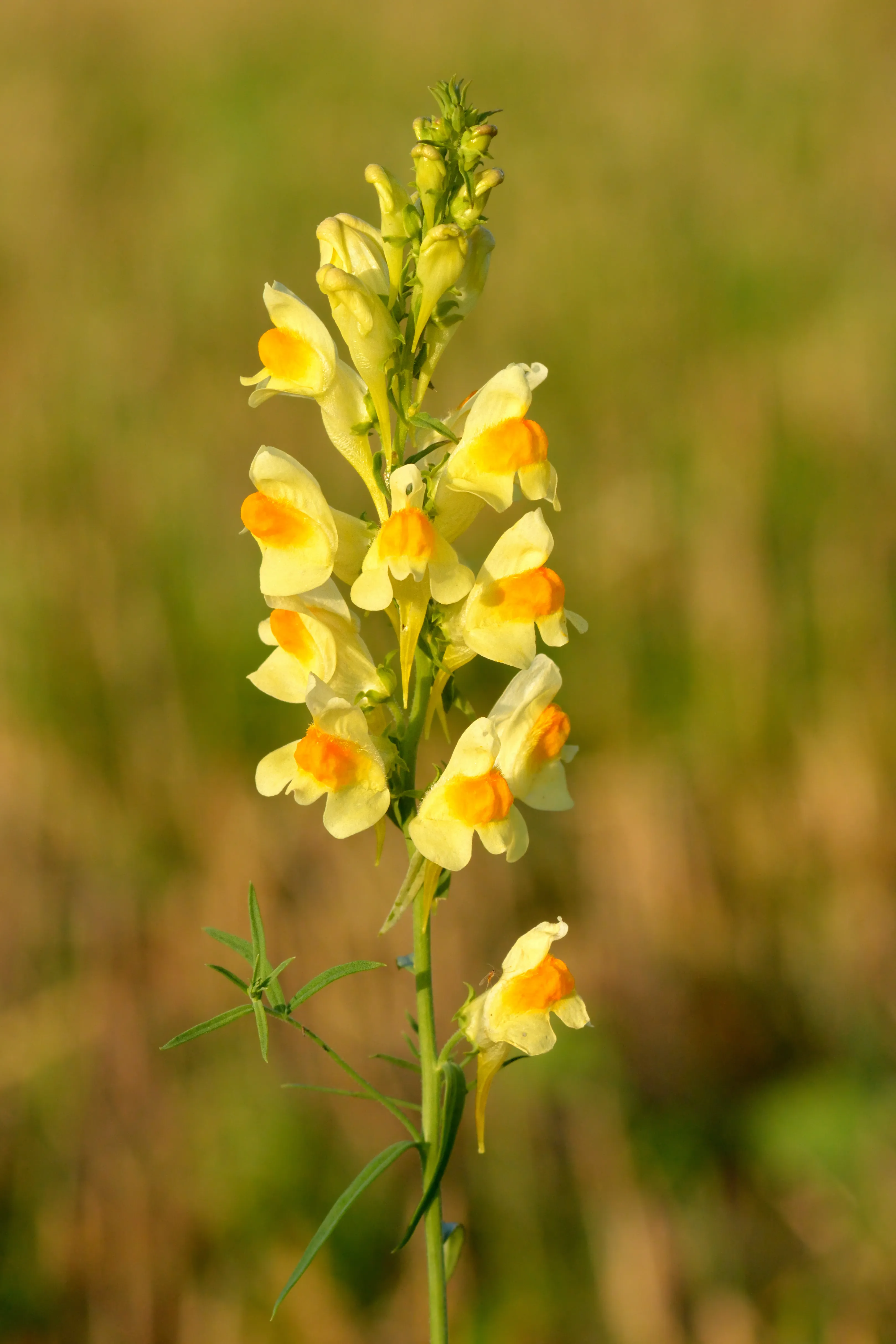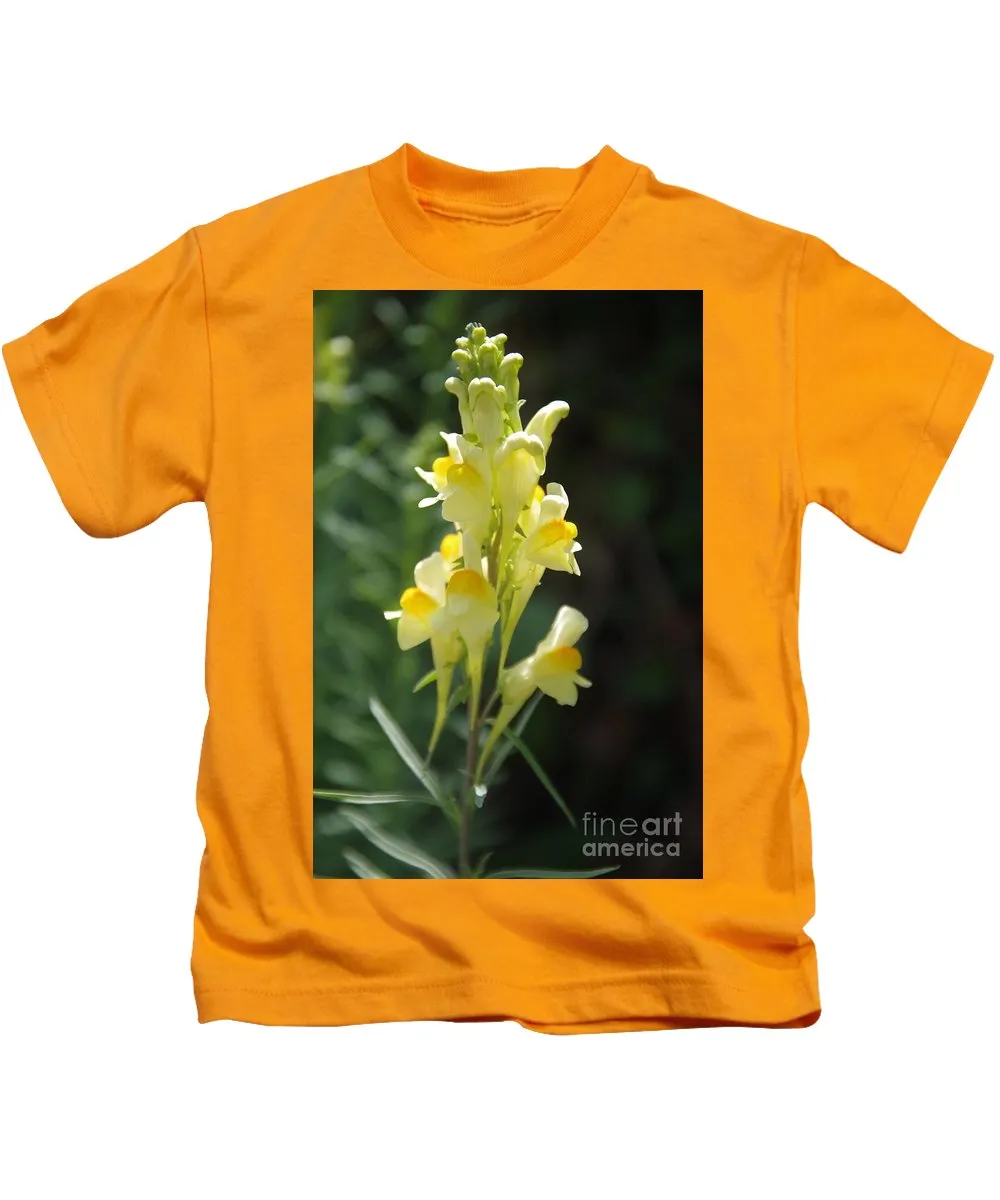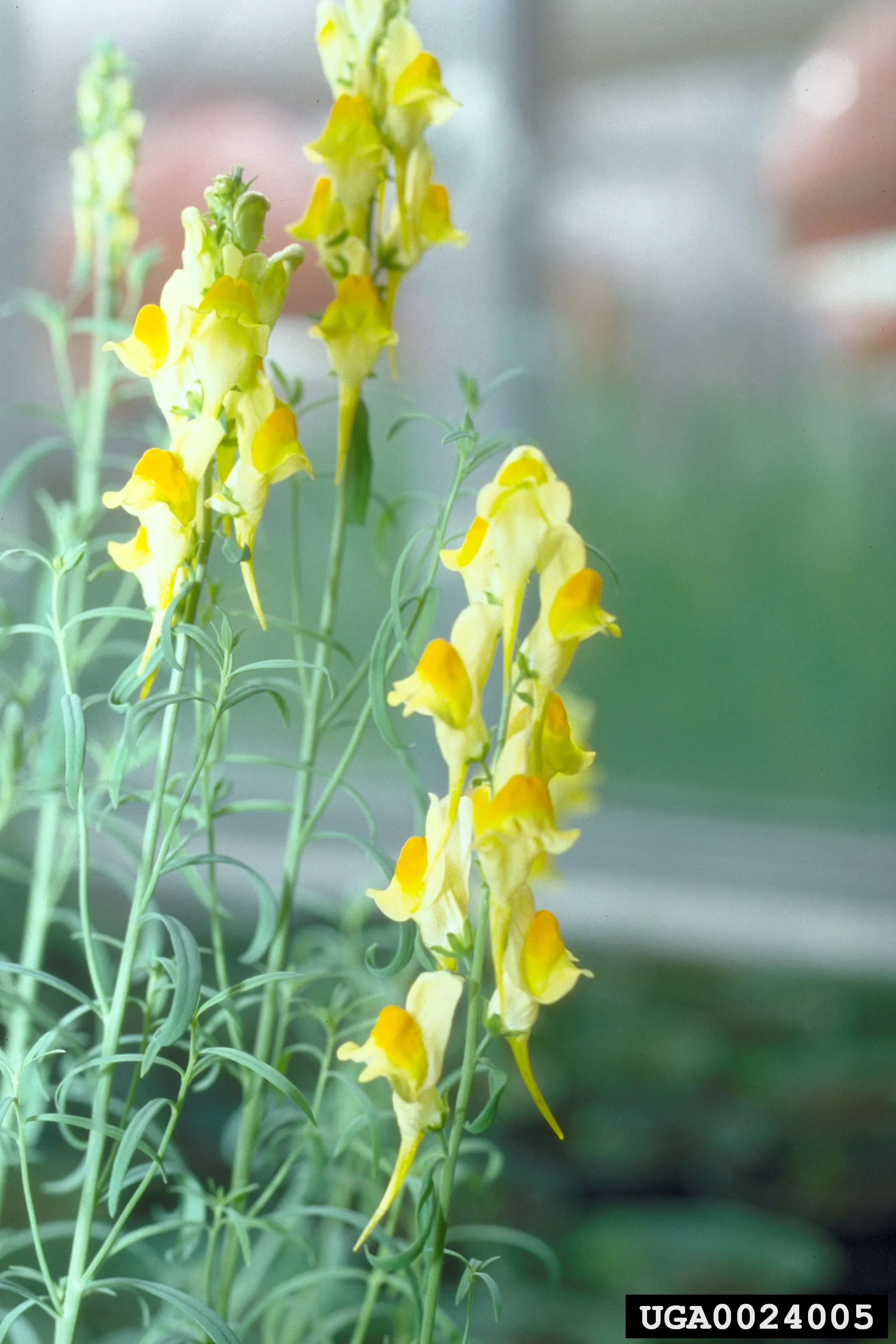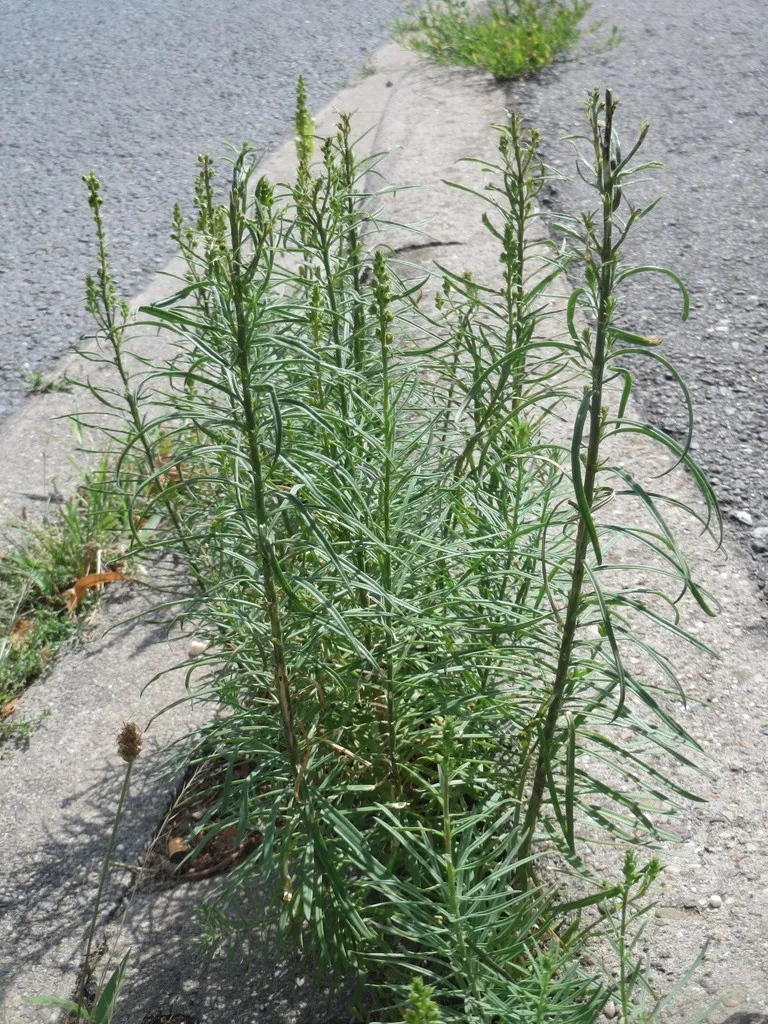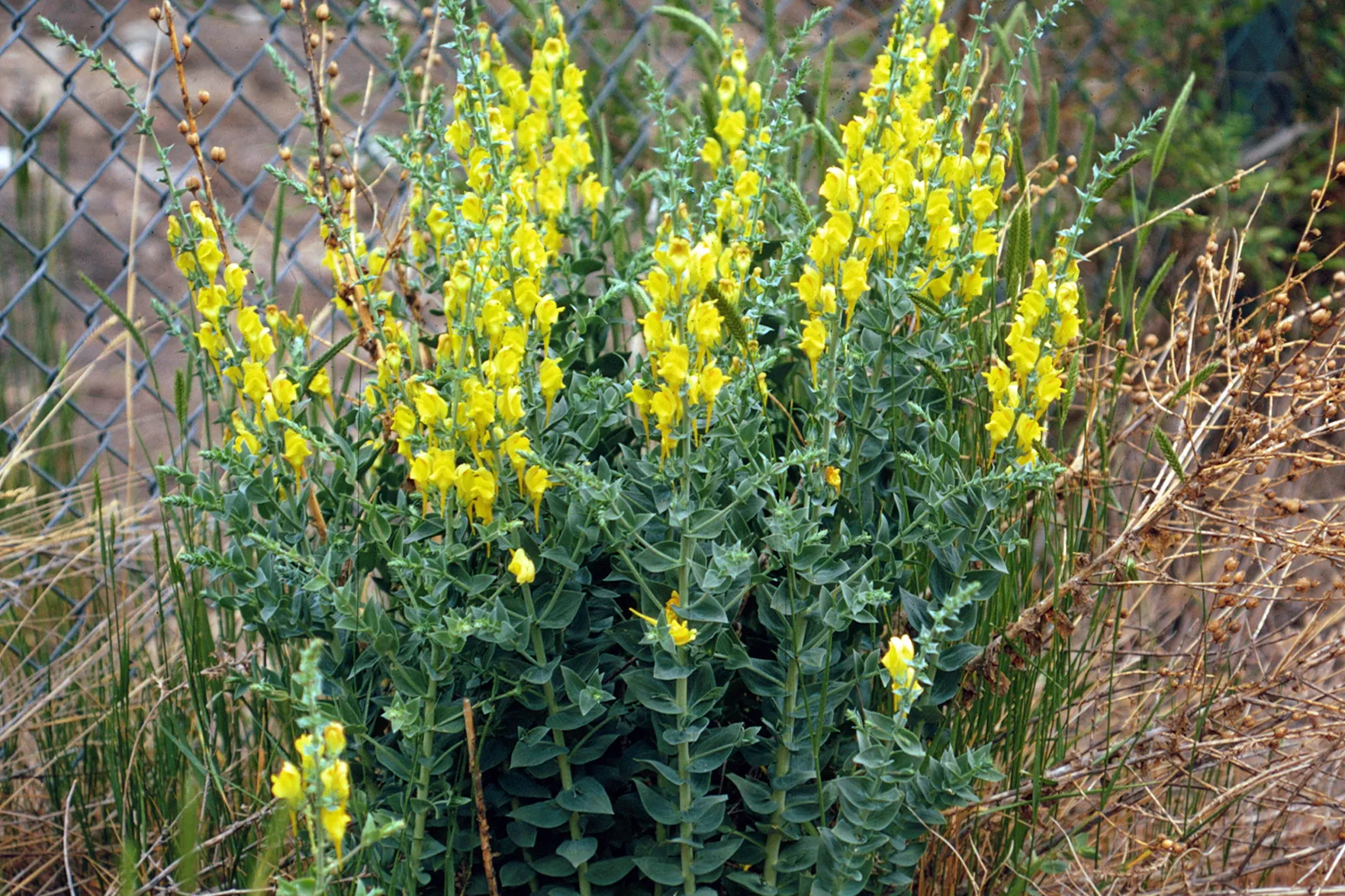Yellow Toadflax: A Beautiful and Invasive Flower
Flowers have always been a part of human history, from being used in celebrations and rituals to being a symbol of love and affection. One such flower that has caught the attention of many is the Yellow Toadflax. It is a beautiful flower that can be found in various parts of the world. However, it is also considered to be an invasive species in many regions. In this article, we will discuss the Yellow Toadflax, its characteristics, and its impact on the environment.
What is Yellow Toadflax?
Yellow Toadflax, also known as Butter-and-eggs, is a flowering plant that belongs to the family Plantaginaceae. It is native to Europe and Asia but has been introduced to many parts of the world, including North America, where it has become an invasive species. The plant has bright yellow flowers that bloom from May to August. The flowers are about an inch long and are shaped like a snapdragon. They have two lips, with the upper one being two-lobed and the lower one being three-lobed. The leaves of the plant are narrow and pointed, and they grow alternately on the stem.
Characteristics of Yellow Toadflax
Yellow Toadflax is a perennial herb that can grow up to three feet tall. It has a deep root system that can reach up to six feet, which allows it to survive in dry and harsh conditions. The plant can grow in various habitats, such as roadsides, meadows, and disturbed areas. It prefers well-drained soil and full sun but can also grow in partial shade. The plant is self-fertile, which means it can produce seeds without the need for pollination. The seeds are small and light, and they can be dispersed by wind, water, and animals.
Impact of Yellow Toadflax on the Environment
Yellow Toadflax is considered an invasive species in many regions, including North America. It can outcompete native plants for resources, such as water, nutrients, and sunlight. It can also alter the soil chemistry and reduce the biodiversity of an ecosystem. The plant is toxic to livestock, and if ingested, it can cause digestive problems and even death. Yellow Toadflax can also interfere with crop production, as it can grow in agricultural fields and reduce crop yields.
Control of Yellow Toadflax
Controlling Yellow Toadflax can be a challenging task, as the plant has a deep root system and can produce a large number of seeds. However, there are various methods that can be used to control the plant, such as:
Mechanical Control
Mechanical control involves physically removing the plant from the ground. This can be done by hand-pulling, digging, or mowing. Hand-pulling is the most effective method, but it can be time-consuming and labor-intensive. Digging is also effective, but it can disturb the soil and create new opportunities for the plant to grow. Mowing can be used to reduce the height of the plant and prevent it from producing seeds, but it is not effective in eradicating the plant.
Chemical Control
Chemical control involves using herbicides to kill the plant. Herbicides can be applied as a foliar spray or as a soil treatment. Foliar sprays are used to target the leaves of the plant, while soil treatments are used to target the root system. Herbicides can be effective in controlling Yellow Toadflax, but they can also have negative impacts on non-target species and the environment.
Biological Control
Biological control involves introducing natural enemies of the plant to control its population. This can be done by introducing insects, such as weevils, that feed on the plant or by introducing pathogens, such as fungi, that infect the plant. Biological control can be an effective and sustainable method of controlling Yellow Toadflax, but it can also have unintended consequences, such as the introduction of a new invasive species.
Conclusion
Yellow Toadflax is a beautiful flower that has become an invasive species in many regions. It can outcompete native plants, reduce biodiversity, and interfere with crop production. Controlling the plant can be a challenging task, but there are various methods that can be used, such as mechanical control, chemical control, and biological control. It is important to be aware of the impact of invasive species on the environment and to take action to prevent their spread.
Frequently asked questions about Yellow Toadflax wallpapers
Q: What is Yellow Toadflax?
A: Yellow Toadflax is a flowering plant that belongs to the snapdragon family. It is also known as Butter-and-eggs, Wild Snapdragon, and Brideweed.
Q: What kind of pictures of Yellow Toadflax are available on your website?
A: We have 49 high-quality pictures of Yellow Toadflax available on our website.
Q: Can I download Yellow Toadflax pictures for free?
A: Yes, you can download Yellow Toadflax pictures for free from our website.
Q: What file types are available for download?
A: You can download Yellow Toadflax pictures in .jpg, .png, and .webp file formats.
Q: Can I choose different sizes for the pictures?
A: Yes, you can choose different sizes for the pictures. We offer a range of sizes in terms of width and height.
Q: How do I know which size is best for my needs?
A: We have provided a size guide on our website to help you choose the best size for your needs. Additionally, our website automatically detects the visitor mobile screen size and chooses the right size for the visitor.
Q: Can I use these pictures for commercial purposes?
A: Yes, you can use these pictures for commercial purposes. However, please note that you may need to obtain permission from the owner of the picture if you plan to use it in a commercial project.
Q: Do I need to credit the photographer if I use these pictures?
A: While it is not mandatory, we encourage you to credit the photographer if you use these pictures. This helps to give proper credit to the artist and also helps others to find their work.
Q: Are there any restrictions on how I can use these pictures?
A: Yes, there are some restrictions on how you can use these pictures. You cannot use them for illegal purposes or in a way that is defamatory, harmful, or offensive. Additionally, you cannot claim ownership of the pictures or sell them as your own work. Please read our terms and conditions for more information.
Q: How do I download Yellow Toadflax pictures from your website?
A: To download Yellow Toadflax pictures from our website, simply navigate to the "Flowers" category and select the Yellow Toadflax subcategory. From there, you can choose the picture you want to download and select the desired file format and size. Then, click the "Download" button to start the download.
Q: What if I can't find the picture I'm looking for?
A: If you can't find the picture you're looking for, please contact us and we will do our best to assist you. We may be able to provide you with a custom search or connect you with a photographer who can provide you with the picture you need.








